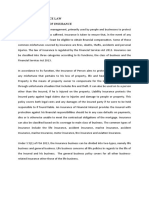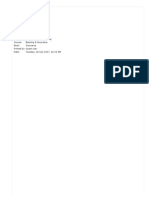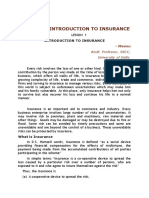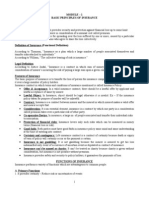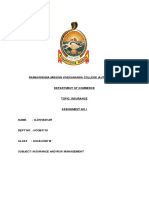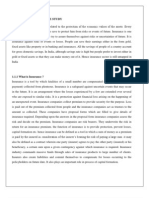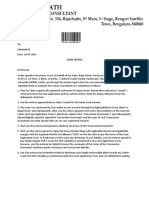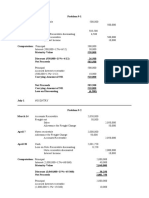0% found this document useful (0 votes)
163 views16 pagesInsurance - Functions, Principles, Selling Process.
This document discusses the functions, principles, and selling process of insurance. It provides definitions of insurance and outlines the primary, secondary, and other functions of insurance such as providing protection, distributing risk, preventing loss, and encouraging savings. It also describes the principles of insurance contracts including offer and acceptance, consideration, utmost good faith, insurable interest, and indemnity. The document is an assignment on insurance for a commerce class that covers the key concepts of what insurance is and how it works at a high level.
Uploaded by
Gokul SriramCopyright
© © All Rights Reserved
We take content rights seriously. If you suspect this is your content, claim it here.
Available Formats
Download as PDF, TXT or read online on Scribd
0% found this document useful (0 votes)
163 views16 pagesInsurance - Functions, Principles, Selling Process.
This document discusses the functions, principles, and selling process of insurance. It provides definitions of insurance and outlines the primary, secondary, and other functions of insurance such as providing protection, distributing risk, preventing loss, and encouraging savings. It also describes the principles of insurance contracts including offer and acceptance, consideration, utmost good faith, insurable interest, and indemnity. The document is an assignment on insurance for a commerce class that covers the key concepts of what insurance is and how it works at a high level.
Uploaded by
Gokul SriramCopyright
© © All Rights Reserved
We take content rights seriously. If you suspect this is your content, claim it here.
Available Formats
Download as PDF, TXT or read online on Scribd
/ 16
























